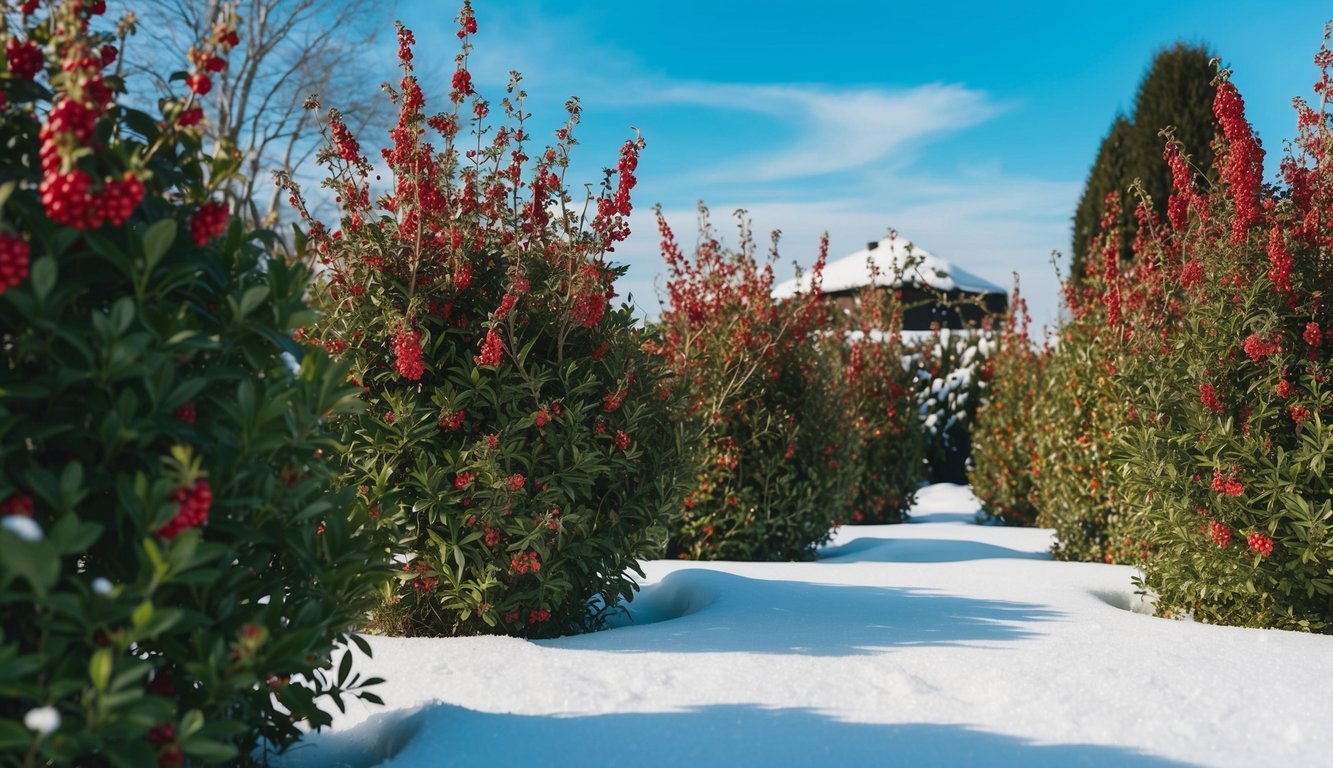
For years, Martha has nurtured an assortment of berry bushes on her farm, turning their bounty into delectable homemade jams, jellies, pies, tarts, and refreshing juices come summer.
To keep the bushes thriving and productive, she places a high value on the art of pruning.
In her latest blog entry, Martha shares the winter pruning techniques she employs for raspberry, gooseberry, and currant bushes.
Timing and Benefits of Pruning
Winter offers the perfect backdrop for pruning, as the plants lie dormant, and their bare branches are much easier to navigate.
Martha highlights that this seasonal maintenance not only leads to larger and more plentiful berries but also plays a significant role in disease prevention and management.
Pruning Techniques
Martha and her gardening team always start with the gooseberry and currant bushes.
They take the time to carefully remove any branches that are dead, diseased, damaged, or tangled.
Thinning out the center of the currant bushes is particularly important, allowing sunlight and air to circulate freely and promote healthy growth.
Next on Martha’s list are the raspberry bushes, which include red, golden, and black varieties.
The same rules apply: any canes that are dead, diseased, or injured must go.
While these raspberry bushes can endure without pruning, Martha points out that neglecting this task can lead to reduced berry yields and higher vulnerability to illnesses.
Tools and Cleanup
To ensure a successful pruning session, Martha emphasizes the necessity of using sharp tools for clean cuts.
She warns that ragged cuts can hinder the healing process, causing the stems to recover more slowly.
Once the pruning is done, Martha’s team gathers all the discarded branches and canes, transporting them to the farm’s compost pile.
Her plan is to transform this organic material into mulch later on.
Martha knows that while her farm requires attention year-round, each task is organized and executed with care, ensuring everything runs smoothly.
Source: Marthastewart

